Transgender / Crossdresser Hair Removal: Top Tips for the Bikini Area

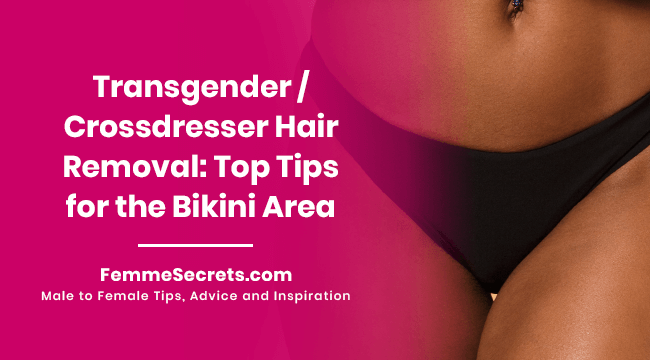
When it comes to achieving a smooth and feminine appearance, hair removal is a crucial aspect for many crossdressers and transgender women.
In this blog post, I will focus specifically on the bikini area and provide you with top tips to ensure effective and comfortable hair removal.
Whether you’re looking to feel confident in swimwear or underwear or just want a hair-free zone, here’s how to achieve a flawless bikini area.
Shaving
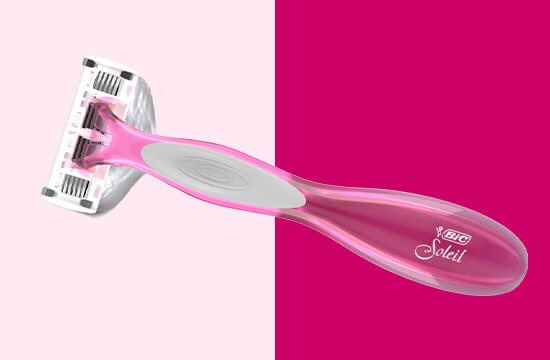



Shaving is a simple and affordable method of removing hair from the bikini area, allowing for convenient at-home hair removal.
Pros:
- Quick and easy hair removal method
- Inexpensive compared to other hair removal methods
- Conveniently done in the comfort of your own home
Cons:
- Potential for razor burn, ingrown hairs, and razor bumps
- Hair regrowth can happen quickly and feel coarse or stubbly
- Requires frequent upkeep to maintain smooth skin
Tips:
- Start with exfoliation: Gently exfoliate the bikini area before shaving to remove dead skin cells and prevent ingrown hairs.
- Use a sharp razor: Ensure you’re using a clean, sharp razor blade to minimize irritation and achieve a closer shave.
- Shave in the direction of hair growth: Shave in the same direction as hair growth to reduce the likelihood of razor burn and ingrown hairs.
- Moisturize afterward: Apply a gentle, fragrance-free moisturizer after shaving to soothe and hydrate the skin.
Waxing
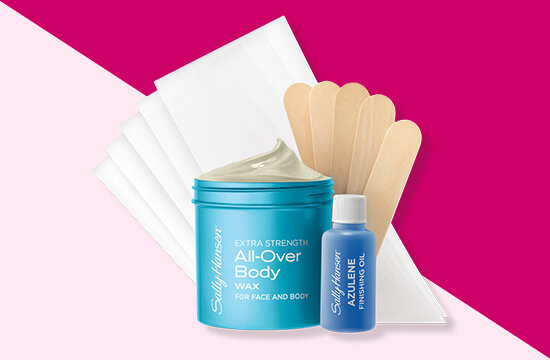



Waxing is a popular method for bikini hair removal, offering longer-lasting results compared to shaving. It can be done at home or by a professional.
Pros:
- Results last longer than shaving
- Slower hair regrowth, often resulting in finer hair
- No more shaving nicks or cuts
Cons:
- Can be painful, especially for those with sensitive skin
- Can be expensive, particularly when done at a salon
- Risk of ingrown hairs, especially in the bikini area
Tips:
- Trim hair to a suitable length: Trim bikini hair to about a quarter-inch before waxing for more effective results.
- Test wax temperature: Check the wax temperature on a small area to avoid burns.
- Stretch the skin: Hold the skin taut while applying the wax strip to minimize discomfort and ensure a cleaner removal.
- Apply soothing products: After waxing, apply a soothing gel or aloe vera to calm the skin and reduce redness or inflammation.
Depilatory Creams
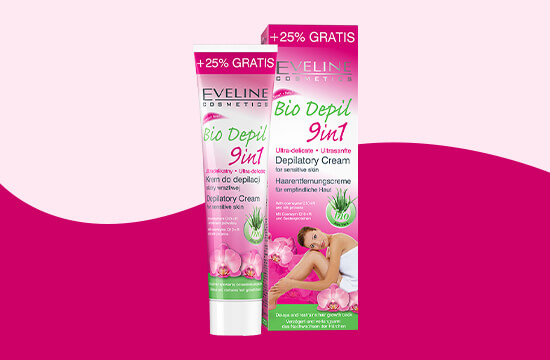



Depilatory creams, also known as hair removal creams, dissolve the hair at the skin’s surface using chemicals.
Pros:
- Can be done at home
- Quick and easy hair removal method
- Slower hair regrowth compared to shaving
Cons:
- Chemicals in the cream can cause skin irritation
- Results may not last as long as other methods
- Strong odor
Tips:
- Patch test first: Perform a patch test on a small area to check for adverse reactions or allergies before applying the cream to a larger area.
- Follow the instructions: Read and carefully follow the instructions on the depilatory cream packaging for safe and effective use.
- Apply an even layer: Use a spatula or applicator to apply a smooth, even layer of the cream for full coverage.
- Remove with caution: Gently remove the cream at the specified time using a damp cloth or the provided spatula, avoiding rubbing or scraping the skin.
Laser Hair Removal
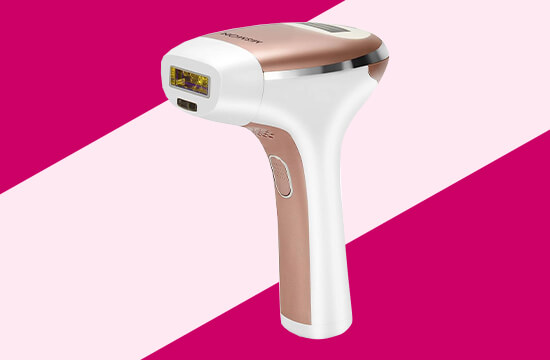



Laser hair removal offers a long-term solution by targeting and destroying hair follicles using laser technology, resulting in reduced hair growth over time.
Pros:
- Long-lasting results
- Less painful than waxing
- Eliminates ingrown hairs
Cons:
- Can be expensive
- Multiple sessions required for optimal results
- Not effective on all hair types and skin tones (especially light hair and dark skin tones)
Tips:
- Consult a professional: Seek a consultation with a licensed professional to determine if laser hair removal is suitable for you and discuss the specific treatment plan.
- Avoid sun exposure: Minimize sun exposure to the bikini area before and after laser sessions to reduce the risk of skin damage or pigmentation changes.
- Shave before treatment: Shave the bikini area a day or two before your laser session to enable effective targeting of hair follicles without burning surface hair.
- Follow aftercare instructions: Adhere to the recommended aftercare instructions provided by the professional, which may involve avoiding hot baths, exfoliation, or specific skincare products to protect the treated area.
Now let’s hear from you …
As always, I’d love to hear your thoughts! Take my Bikini Hair Poll and share your favorite transgender / crossdresser bikini hair removal method in the comments below.
Love,
Lucille




P.S. If you liked this article, you will love my FREE Male to Female Transformation Mini Course.
Free Male to Female
transformation tips?
Get FREE INSTANT ACCESS to My Male to Female Transformation Mini Course
Your information is 100% secure and will never be shared with anybody.




